A foundry is a factory that produces metal castings. Metals are cast into shapes by melting them into a liquid, pouring the metal in a mold, and removing the mold material or casting after the metal has solidified as it cools. The most common metals processed are aluminum and cast iron. However, other metals, such as bronze, steel, magnesium, copper, tin, and zinc, are also used to produce castings in foundries.
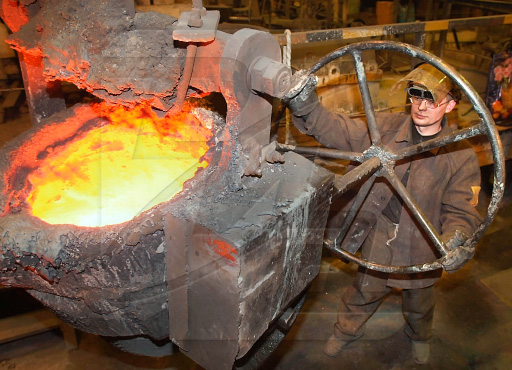 The Kushva Iron-and-Steel Works in the Sverdlovsk Region, Urals.
The Kushva Iron-and-Steel Works in the Sverdlovsk Region, Urals.
Casting is a manufacturing process by which a liquid material is usually poured into a mold, which contains a hollow cavity of the desired shape, and then allowed to solidify. The solidified part is also known as a casting, which is ejected or broken out of the mold to complete the process.
Casting materials are usually metals or various cold setting materials that cure after mixing two or more components together; examples are epoxy, concrete, plaster and clay. Casting is most often used for making complex shapes that would be otherwise difficult or uneconomical to make by other methods.
Melting
Melting is performed in a furnace. Virgin material, external scrap, internal scrap, and alloying elements are used to charge the furnace. Virgin material refers to commercially pure forms of the primary metal used to form a particular alloy. Alloying elements are either pure forms of an alloying element, like electrolytic nickel, or alloys of limited composition, such as ferroalloys or master alloys.
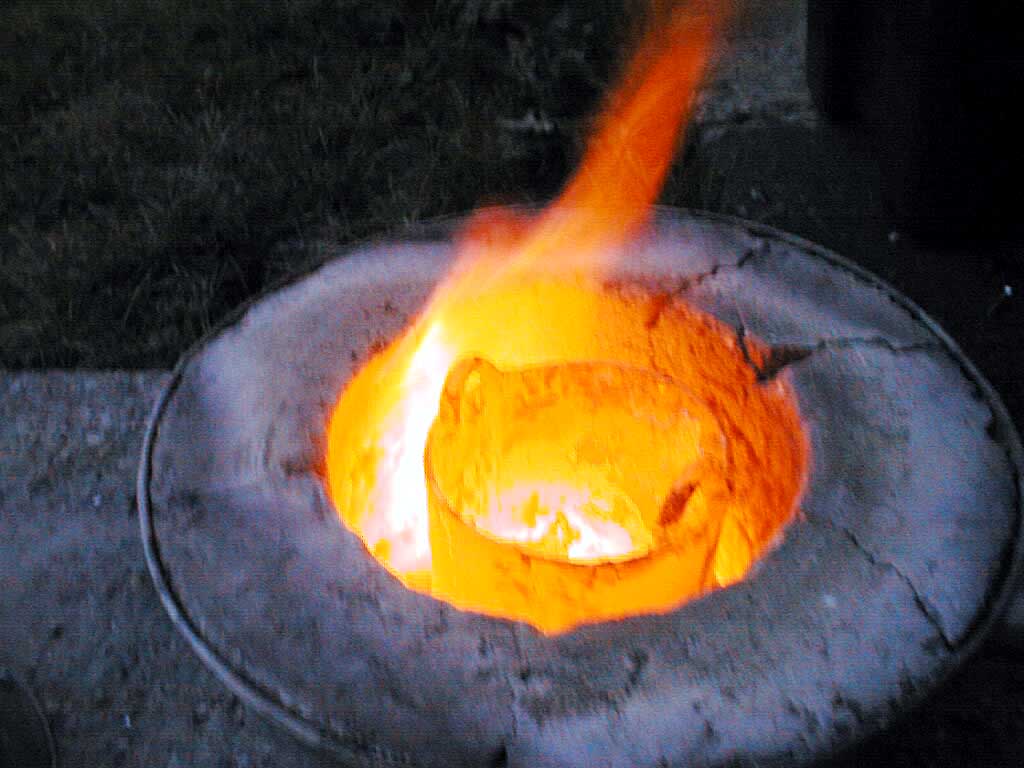 Melting Processing with Burner
Melting Processing with Burner
External scrap is material from other forming processes such as punching, forging, or machining. Internal scrap consists of the gates, risers, or defective castings.The process includes melting the charge, refining the melt, adjusting the melt chemistry and tapping into a transport vessel.
Refining is done to remove deleterious gases and elements from the molten metal to avoid casting defects. Material is added during the melting process to bring the final chemistry within a specific range specified by industry and/or internal standards. During the tap, final chemistry adjustments are made.
Furnace
Several specialised furnaces are used to melt the metal. Furnaces are refractory lined vessels that contain the material to be melted and provide the energy to melt it. Modern furnace types include electric arc furnaces (EAF), induction furnaces, cupolas, reverberatory, and crucible furnaces. Furnace choice is dependent on the alloy system and quantities produced. For ferrous materials, EAFs, cupolas, and induction furnaces are commonly used. Reverberatory and crucible furnaces are common for producing aluminum castings.
Furnace design is a complex process, and the design can be optimized based on multiple factors. Furnaces in foundries can be any size, ranging from mere ounces to hundreds of tons, and they are designed according to the type of metals that are to be melted. Also, furnaces must be designed around the fuel being used to produce the desired temperature. For low temperature melting point alloys, such as zinc or tin, melting furnaces may reach around 327° Celsius. Electricity, propane, or natural gas are usually used for these temperatures. For high melting point alloys such as steel or nickel based alloys, the furnace must be designed for temperatures over 1600° Celsius. The fuel used to reach these high temperatures can be electricity or coke.
Degassing
In the case of aluminium alloys, a degassing step is usually necessary to reduce the amount of hydrogen in the liquid metal. If the hydrogen concentration in the melt is too high, the resulting casting will contain gas porosity that will deteriorate its mechanical properties.An efficient way of removing hydrogen from the melt is to bubble argon or nitrogen. To do that, several different types of equipment are used by foundries.
When the bubbles go up in the melt, they catch the dissolved hydrogen and bring it to the top surface. There are various equipment which measure the amount of hydrogen present in it. Alternatively, the density of the aluminum sample is calculated to check amount of hydrogen dissolved in it.
Mould making
Many large foundries operate their own industrial railwaysIn the casting process a pattern is made in the shape of the desired part. This pattern is made out of wax, wood, plastic or metal. Simple designs can be made in a single piece or solid pattern. More complex designs are made in two parts, called split patterns.
A split pattern has a top or upper section, called a cope, and a bottom or lower section called a drag. Both solid and split patterns can have cores inserted to complete the final part shape. Where the cope and drag separates is called the parting line.
You might also like
| Phase Diagrams Fe-Mn, Fe-Co, Fe-Mo In pure iron, the A4 (1394 °C) and... | The Casting Process Pictures These are the metallurgy pictures jobs and... | Austempered Ductile Iron (ADI) Austempered Ductile Iron (ADI) is... | Cast Iron Cast iron is derived from pig iron,... |
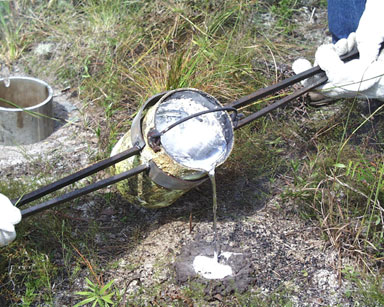
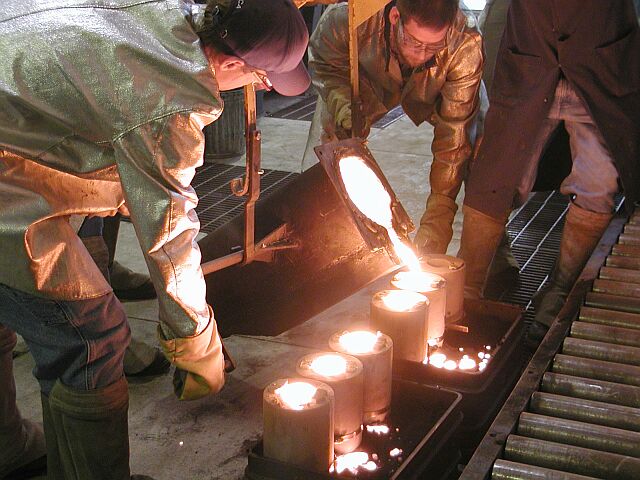
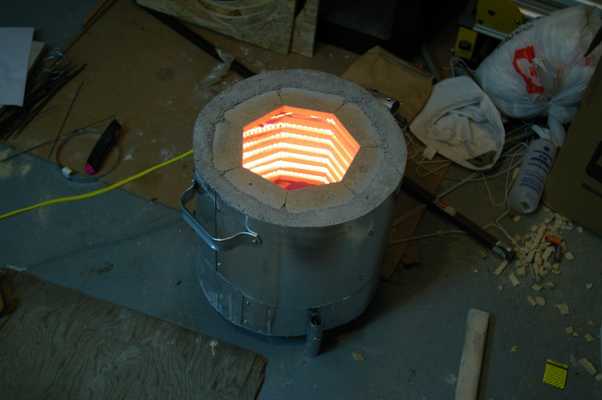
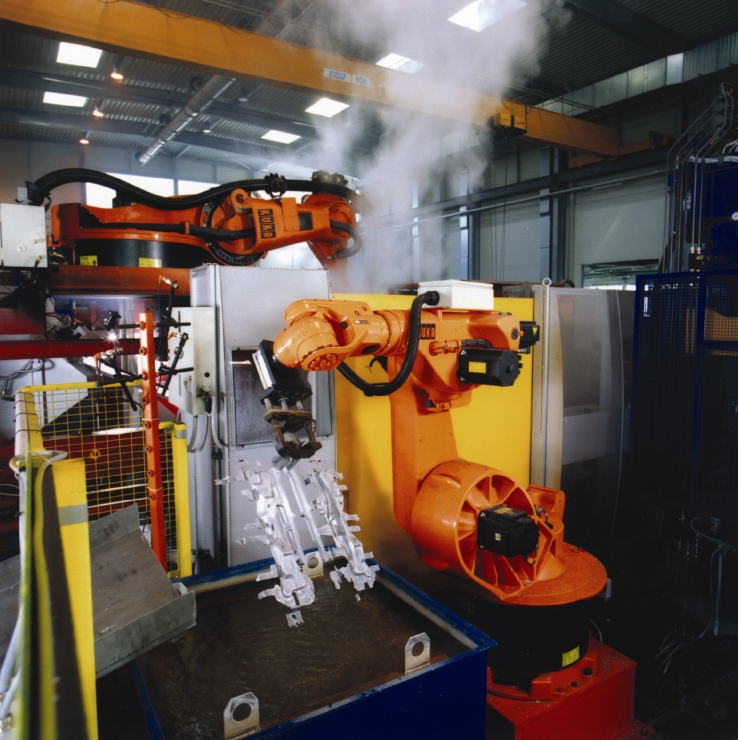
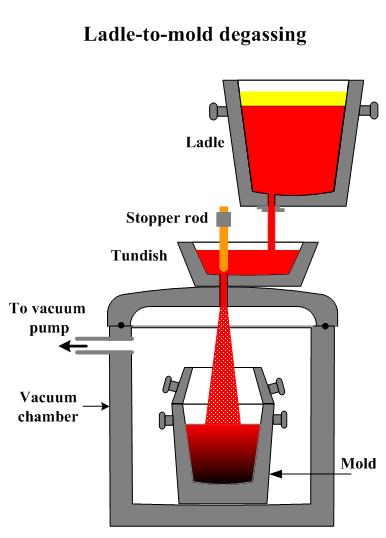
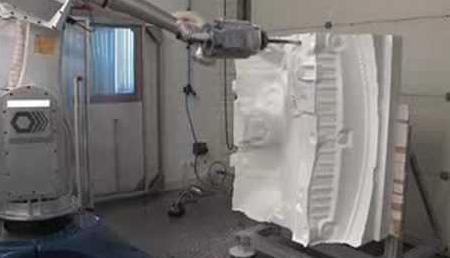
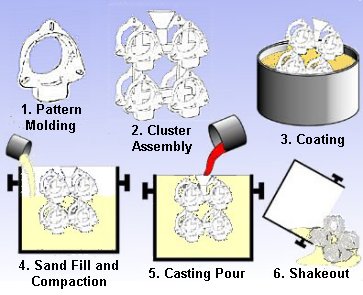
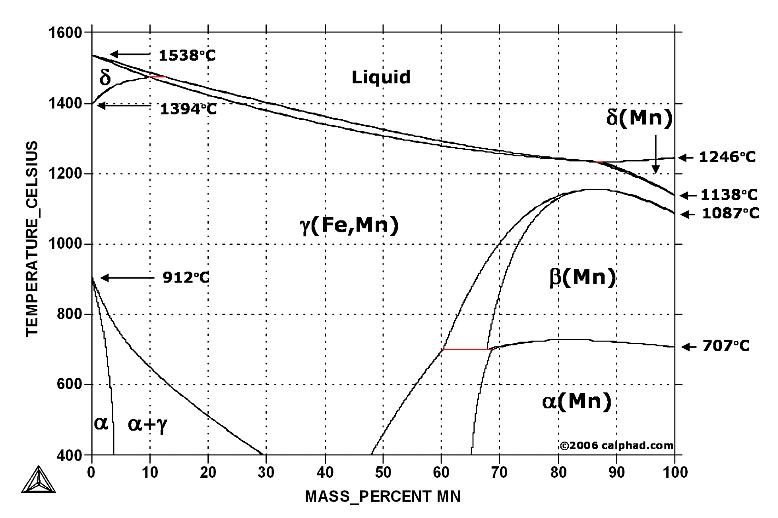
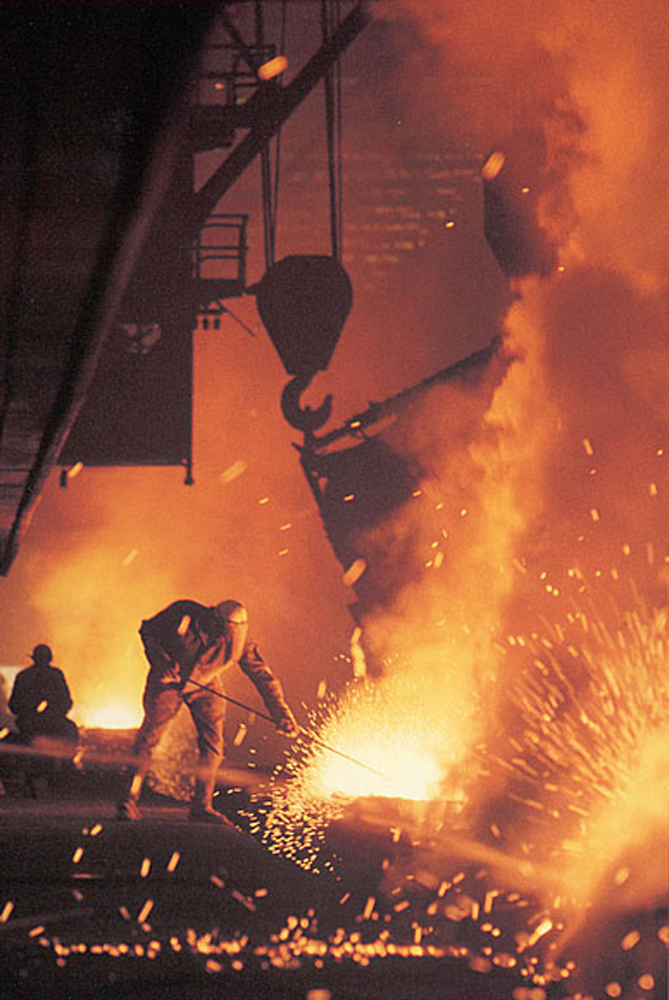
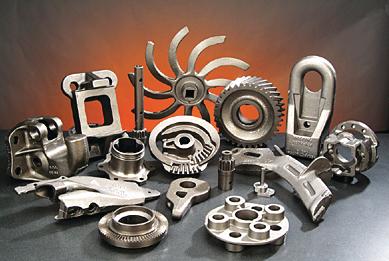
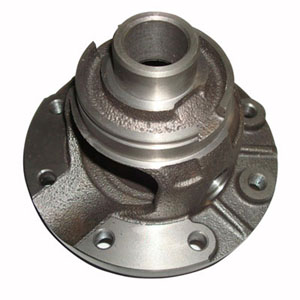
 Alloy Suppliers
Alloy Suppliers
 Aluminum
Aluminum
 Aluminum Extrusions
Aluminum Extrusions
 Copper-Brass-Bronze
Copper-Brass-Bronze
 Nickel
Nickel
 Magnets
Magnets
 Stainless Steel
Stainless Steel
 Stainless Steel Tubing
Stainless Steel Tubing
 Steel Service Centers
Steel Service Centers
 Titanium
Titanium
 Tungsten
Tungsten
 Wire Rope
Wire Rope